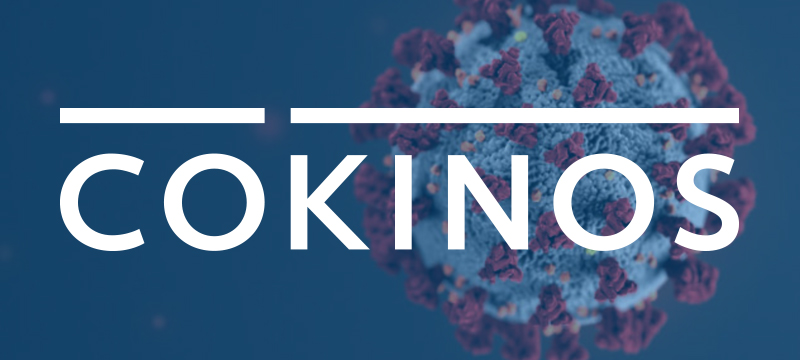CARES Act Stimulus Plan Update

The CARES Act passed the House earlier today and President Trump just signed it into law. Cokinos | Young is following these developments closely and has broken the CARES Act down into what you need to know. Please do not hesitate to reach out to our team with any questions you may have.
Small Business Administration (SBA) Loans:
- Known as the “Paycheck Protection Program”
- Companies with 500 or fewer employees, in business prior to Feb. 15, 2020
- Pool of nearly $350 billion
- Can receive loans up to $10 million
- Loan amount based on amount business paid to employees from Jan. 1-Feb. 29, 2020
- Maximum interest rate of 4%
- Principal of loan forgiven if funds used for “approved purposes” and lender maintains average size of full-time workforce based on loan date
- Forgiveness period only covers principal used to cover “approved purposes” expenses paid in first 8 weeks after loan date, though this may ultimately be extended
- Terms may allow as much as 30 years to repay, but will vary from loan to loan
- “Approved purposes” include payroll, rent, mortgage interest, and utility payments
- Expedited loan origination process, possibly with loans signed and disbursed within 24 hours
- Loans provided through banks, credit unions, and other lenders, guaranteed by SBA
- Loan applications should be submitted through lenders partnered with SBA
- Administered through SBA’s existing 7(a) loan program
- Employers who opt for CARES Act payroll tax credit are not eligible for Paycheck Protection Program loans; CARES Act payroll tax credit is described below and is different from the FFCRA tax credit for paid sick leave/FMLA
- Employers who have already laid off workers may still be eligible for Paycheck Protection Program loans, especially if loans are used to rehire laid-off workers and/or reopen business
Other Relief for Small Businesses:
- 50% refundable payroll tax credit on worker wages (intended to incentivize worker retention, also available to larger businesses); if you opt for tax credit, you are ineligible for Paycheck Protection Program SBA loan
- Looser net operating loss-reduction rules that will allow businesses to offset more
- Delay in employer-side payroll taxes for Social Security until 2021 and 2022
- Sole proprietors and other self-employed workers may be eligible for expanded unemployment benefits under CARES Act
Department of Treasury Loans for Specific Industries:
- Pool of $500 billion
- Primarily geared toward mid-size and large employers (more than 500 employees)
- Certain funds have been reserved for specific industries, while some industries are specifically barred from receiving funds
- Oversight of loan program by an Inspector General and an Accountability Committee, rather than by Treasury Secretary Steven Mnuchin
- Loan recipients may not cut workforce by more than 10% until Sept. 30, 2020
- Loan recipients may not issue stock buy-backs, and are subject to certain restrictions on executive compensation above $425,000 annually
- Loan recipients’ identities will be publicly disclosed, though it is unclear what additional information about them may be publicly disclosed
- Most details will have to be finalized via regulations to issue later
Increased Unemployment Benefits:
- Unemployed individuals entitled to additional $600/week for up to four months, on top of state-issued unemployment benefits
- Controversial for fear that some individuals may receive more money through unemployment than they received as wages while working
- Congress has indicated additional expansion of unemployment benefits may be needed, depending on length of COVID-19 economic downturn
Checks to Individuals:
- U.S. residents with adjusted gross income up to $75,000 ($150,000 for married couples) receive a $1,200 ($2,400 for married couples) “rebate” payment
- Eligible residents also receive an additional $500 per child
- Payments phase out above these income thresholds
- Single tax-filers earning more than $99,000 (joint-filers earning more than $198,000, head-of-household-filers with one child earning more than $146,500) do not receive resident “rebate”
- Unclear whether those above income cap would still receive per-child payments